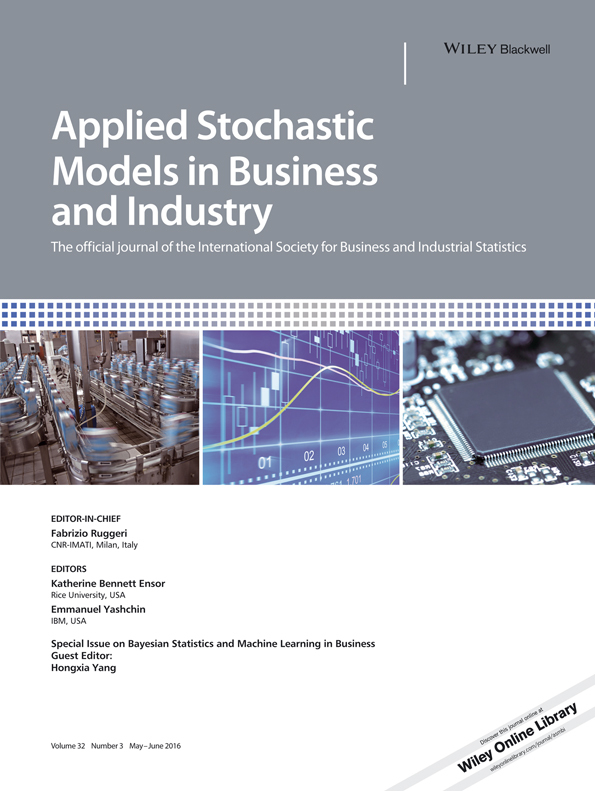Estimating rates of rare events through a multidimensional dynamic hierarchical Bayesian framework
Abstract
We consider the problem of estimating occurrence rates of rare events for extremely sparse data using pre-existing hierarchies and selected features to perform inference along multiple dimensions. In particular, we focus on the problem of estimating click rates for {Advertiser, Publisher, and User} tuples where both the Advertisers and the Publishers are organized as hierarchies that capture broad contextual information at different levels of granularities. Typically, the click rates are low, and the coverage of the hierarchies and dimensions is sparse. To overcome these difficulties, we decompose the joint prior of the three-dimensional click-through rate using tensor decomposition and propose a multidimensional hierarchical Bayesian framework (abbreviated as MadHab). We set up a specific framework of each dimension to model dimension-specific characteristics. More specifically, we consider the hierarchical beta process prior for the Advertiser dimension and for the Publisher dimension respectively and a feature-dependent mixture model for the User dimension. Besides the centralized implementation, we propose two distributed algorithms through MapReduce and Spark for inferences, which make the model highly scalable and suited for large scale data mining applications. We demonstrate that on a real world ads campaign platform, our framework can effectively discriminate extremely rare events in terms of their click propensity. Copyright © 2016 John Wiley & Sons, Ltd.




